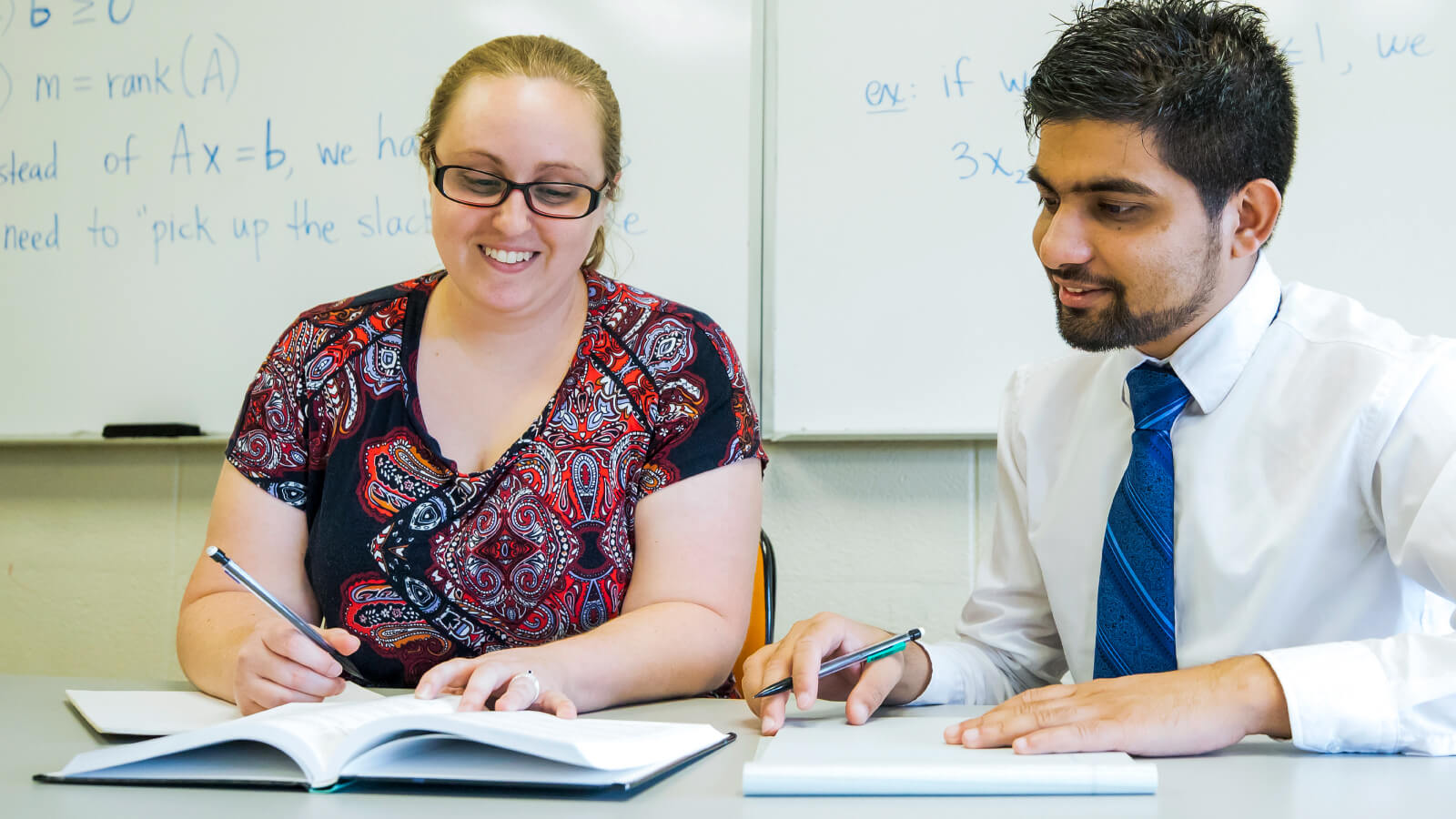
Department of Mathematics & Statistics
College of Science, Technology, Engineering & Mathematics
Department of Mathematics & Statistics
College of Science, Technology, Engineering & Mathematics
Play an Integral Role in a Data-Driven World
Math is more than crunching numbers
The growing need for professionals who can think logically, analyze large data sets, solve complex math-driven problems, and effectively communicate findings has put mathematics and statistics graduates in high demand in today’s job market. With a diverse curriculum, caring faculty, and the latest in mathematical and statistical software, EKU’s Department of Mathematics and Statistics will prepare students for success in a data-driven world.
Learn More
Department of Mathematics & Statistics Degrees & Certificates
Undergraduate Programs
graduate Programs

Why Study Mathematics & Statistics at EKU?
The department of mathematics and statistics has a committed and caring faculty and is dedicated to helping students in pursuit of a degree in mathematics, data science, or statistics. We offer a variety of programs with options to tailor the degree to your needs. Our curriculum includes a wide variety of course offerings, including seminars and graduate courses available to advanced undergraduate students. We also have an active student organization Kappa Mu Epsilon (KME) that provides a network of students with similar interests. We proudly serve the campus community by providing services through the Mathematics and Statistics Tutoring Center and Statistical Consulting Center.
Student Stories & Features
Quick Links
Upcoming Events
News & Updates
EKU Joins $20-Million CLIMBS Project to Build Climate Resilience in Kentucky
It’s Not All CSI: Myths and Facts about Forensic Science
From EKU’s Meadowbrook Farm to Case Dining Hall
Contact Information
Department of Mathematics & Statistics
521 Lancaster Avenue
Wallace Building, Room 313
Richmond, KY 40475
859-622-5942
Fax: 859-622-3051
mathstat@eku.edu


